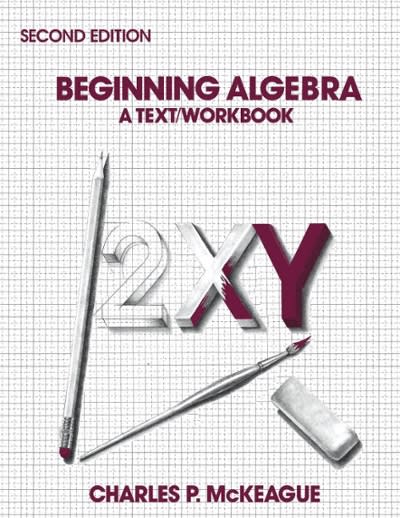Question
4. Consider the monthly U.S. unemployment rates from January 1, 1950 till June 30, 2019. Data are available from FRED and is listed as UNRATE.
4. Consider the monthly U.S. unemployment rates from January 1, 1950 till June 30, 2019. Data are available from FRED and is listed as "UNRATE". Let be the unemployment at time t.
(a.) Fit the seasonal model as below
m1 <- arima(UNRATE,order=c(4,0,1),seasonal=list(order=c(1,0,1),period=12))
Perform model checking and write down the fitted model, including model checking.
(b.) Fit an AR(11) model to the time series.
(c.) Compare the two models. Which model is preferred? Why?
(d.) Use a GARCH(1,1) model for the volatility for the original time series, and the de-seasonalized series. Which one is better? Why?
(e.) Use the fitted model to obtain 1-step to 5-step ahead predictions series (forecast origin is the last data point). Also, compute the corresponding 95% interval forecasts. Perform the predictions separately for the return and volatility models, for both the original time series and the de-seasonalized time series.
Step by Step Solution
There are 3 Steps involved in it
Step: 1

Get Instant Access to Expert-Tailored Solutions
See step-by-step solutions with expert insights and AI powered tools for academic success
Step: 2

Step: 3

Ace Your Homework with AI
Get the answers you need in no time with our AI-driven, step-by-step assistance
Get Started


